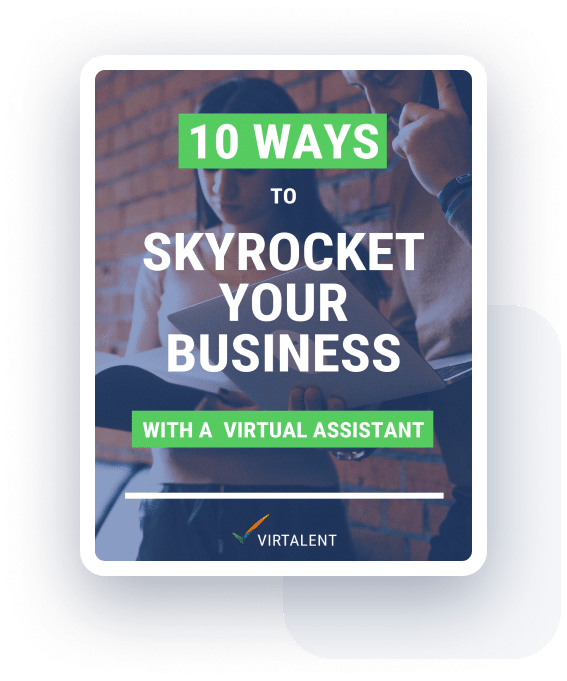Coaching is a word that has become more and more common in our daily lives over the last decade. While once reserved for sports teams and executives, coaching is now a powerful tool to help people reach their full potential.
Not only is coaching fantastic for business development, but it can also help you in various personal situations too!
From job interviews to life transitions — wherever someone needs guidance, support, or a little external insight, coaching is there to help lead the way.
Back in the day, small business owners learned the ropes by reading books or diving in headfirst, learning from their own trial and error.
Nowadays, a more widely accepted approach is seeking a coach to help learn those lessons and unlock potential. In fact, recent studies have suggested that businesses and employees actively investing in coaching are more likely to succeed. A coach is normally someone who has been through the experience themselves and can offer real-life recommendations and tips to their mentee.
At the core of coaching is a model called GROW, which stands for:
- Goals
- Reality
- Options
- Will
A structured approach to coaching, the GROW model is a useful tool to help guide you as a mentor and even, if you have mentor yourself as a mentee
Coaching can be a delicate process and relies on a guided, albeit hands-off approach. This allows the person receiving the coaching to draw their own conclusions about their strengths and weaknesses.
A good coach acts more as an insightful partner in the journey rather than someone giving orders, or acting purely as a silent observer. They know when they need to step in and give advice, but also when to stand back and allow people to make their own decisions.
Ultimately, coaching can help people to go beyond their current capabilities, breaking down barriers and unlocking their true potential.

Introducing the GROW Coaching Model
One of the most significant benefits of the model is its flexibility and adaptability. There’s no one-size-fits-all solution, and it allows for personalisation and specificity no matter the person, business or challenges to overcome. Following the four major steps will help you create a bespoke plan for anyone wanting to accomplish something in business.
Goals – What Do You Want To Achieve?
The first step is all about defining what they want and why it matters. Read any self-development book; a large section will undoubtedly be dedicated to Goal Setting. Goals are absolutely essential to measure progress. And setting them is also an excellent way for the coach-client relationship to start.
As a coach asking what somebody wants to achieve provides the compass on that every choice and action should be based. By having a clear-cut definable goal, there is an opportunity to break it down into smaller milestones.
Additionally goals must be specific, as clarity will allow people to focus on what they want to achieve and understand the necessary steps. This clear picture then allows a realistic timeframe to do so in.
Goals can be adapted and changed, but having something to start with ensures a solid plan to get there.
Reality – Where Are You Now?
The coach can then take the client through exactly where they are now. This insight allows them to view and understand precisely what areas to focus on and improve. This improvement could be skills, attitude, knowledge or behaviour.
This structured approach helps the person being coached realise what they have within their control and what isn’t. From here, it allows them to work out what may be standing in their way or challenges they may face in the process.
After this, plans can be drawn up, and solutions can be worked out to overcome and prevent any potential stumbling blocks.
This is part of the process where a person can really start taking responsibility and own their development.
At this point, when coaching, it’s a good time to relay to someone being coached what they are doing well and what needs improvement. This must always be delivered with kindness and statistics. Keeping it objective and fact-based allows the person being coached to see things factually and with measurable outcomes to be improved upon.
Options – What Are The Options Available?
With this clarity, they can now determine what options are available to them. This is a case of identifying different routes towards their next step and realising there’s no “correct” way.
A coach can now help them break down any internal barriers, dissuade any self-limiting beliefs, and present alternative ways of thinking. By presenting solutions and alternatives, they could open up a whole knew way of thinking to the mentee.
This is the chance to help someone shine and get excited about the future. This is where a good coach will ask questions and spark ingenuity rather than “tell” them what they need to do.
Will – What Action Plan Will You Take?
Now that the person knows their goals, current reality and options, it’s time to put it all into action. This is the point in the plan where everything is fine-tuned and turned into a solid “to-do” action list. A great tool to drive this forward are SMART goals:
- Specific
- Measurable
- Achievable
- Relevant,
- Time-Bound
This is also a great opportunity for people to do a self-check. This makes sure that all actions that the person is taking towards their goals match their values, motivation and aspiration. It wouldn’t be the first time a plan has changed dramatically, but the GROW model ensures that the original goal remains in sight.
The key part of this step is ensuring that all the steps are actionable and achievable within reality. While external factors need to be utilised to initiate and develop the plan, it’s all feasible, and there’s a measurable result to head towards. This is another area where a coach can weigh in and provide important insight and a fresh perspective.

Coaching Can Drive Your Business Forward
While coaching is an investment of time, resources and money, it can be a valuable expenditure that offers a strong return on investment for any small business. Sometimes it’s very easy to get stuck in the weeds or too busy to see the bigger, long-term picture of your business.
This is where coaching can help small business owners take a step back, reframe, and reset their business goals. Everything from evaluating the current team to developing a strategy for growth can be addressed, and having an outside opinion with industry know-how is invaluable.
The GROW model can help to focus on the core steps of coaching and allows enough adaptation to adjust it for the needs of any business or role.
And while coaching can help you as a business owner to develop and grow, it can also help develop any employees or team members you may have as a leader.
Being able to help your staff grow and take on more responsibility can be a key part of any strategy. Coaching can be the perfect approach to ensure that all parties get the most out of their time together.







